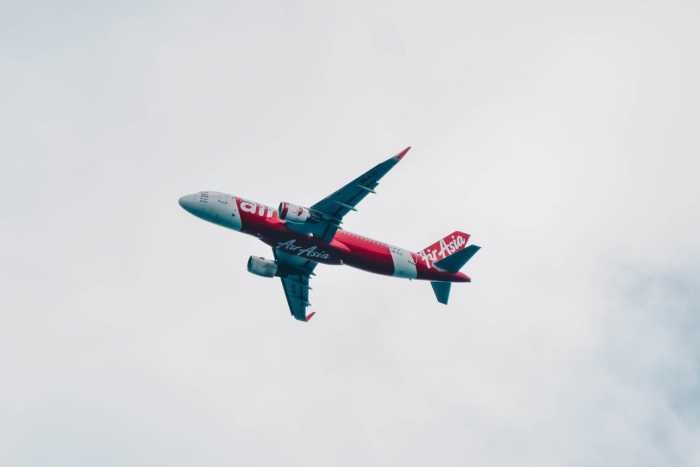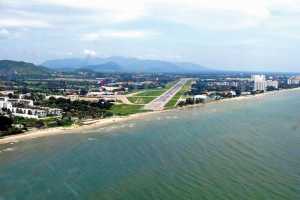
Comment: Thai Airways Mirroring Malaysian Airlines
29th Jul 2014

Thai Airways, as of late, is treading a similar path the Malaysia Airlines is taking'to state of oblivion.
The most recent tragedy that befell to Malaysia Airlines is too much for an airline who is still nursing a major blow earlier this year when flight MH370 disappeared without a trace into the unknown.
Thai Airways may not have suffered similar tragedy that Malaysia Airlines does recently, but both state flag carriers have been suffering operational losses due primarily to increasing competition. The growing popularity of low-cost airlines in their domestic turf and regional routes they previously dominated has eaten into their business.
Thailand's political crisis that ravaged the country's economy, particularly its tourism industry, has worsened Thai Airways' agony over decreasing revenue, growing losses, and indebtedness. It has already piled up losses for successive years due to loss of its traditional market, which have been encroached on by low-cost carriers.
The airline's troubles don't only come from losing market, financial losses and indebtedness, but also from its board of directors and, most of all, mismanagement laced with politics where privileges favored the sitting government's cronies.
The former airline president, Piyasvasti Amranand, admitted that the problem at Thai Airways has been an institutional variety which can only be solved by the very people within the system. He likened it to a malignant cancer which is hard to cure.
The airline, for instance, has been overstaffed, employing more than 25,000 personnel, or almost 10,000, on average, more than airlines of the same size. It has been slow in its refleeting program with no new substantial aircraft acquisition recently except for newly-acquired Dreamliner and the jumbo A380. It still operates a fleet of B747 jets, some of which are already 20 years old while its A300 fleet has an average of 16 years in service. These old flying machines are definitely gas guzzlers which compounded its fuel expenditures.
Overall, the average age of Thai Airways' fleet is 11.5 years old, way above the average of most major airlines in the region.
It is expected to amass losses again this year as much as US$190 million after the previous fiscal year of US$392 million.
With no clear vision as to its rehabilitation, what does the future hold for Thai Airways?









